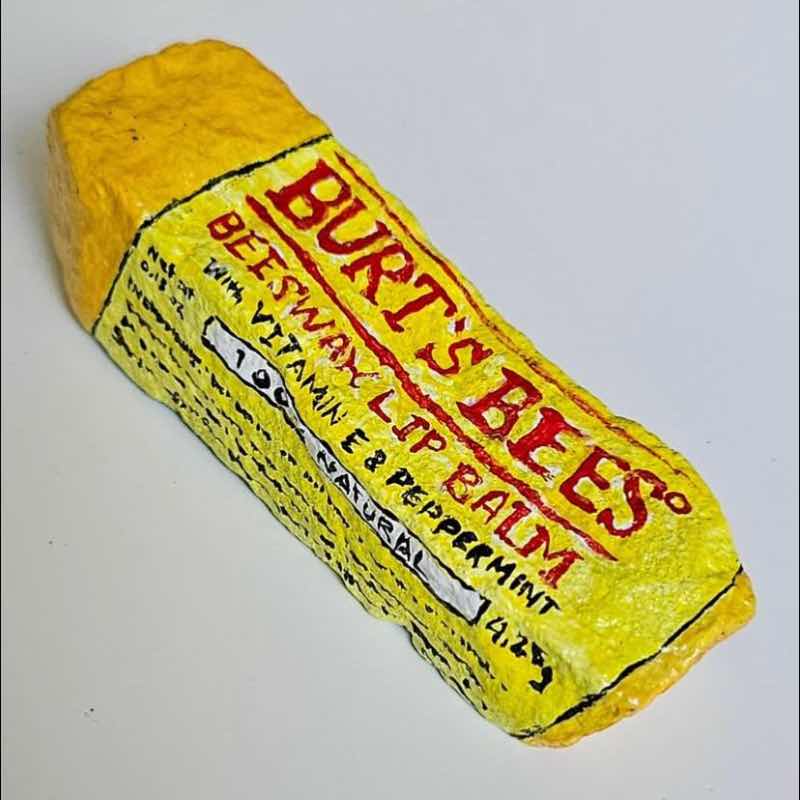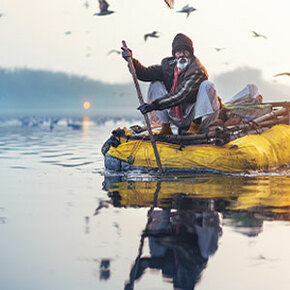
27 Years Ago One Woman Managed To Contact The Tribe That Killed John Chau, And Her Experience Was Surprisingly Different
With the modern technology advancing in such a rapid pace, it’s surprising to find out there are still tribes living out there, barely touched by the commodities we use every day. Such is the case with the Sentinelese tribe, that recently received widespread media attention after they took the life of Christian missionary John Chau. But that was not always the case with the Sentinelese, one of the most isolated tribes in the world.
Back in 1991, one woman actually managed to make contact with the notorious Sentinelese tribe

That woman’s name was Madhumala Chattopadhyay. She knew the reputation the tribe had and fully understood the danger but was determined to contact them. And her experience was vastly different than what you would expect. “Never ever in my six years of doing research along with the tribes of Andamans did any man ever misbehave with me. The tribes might be primitive in their technological achievements, but socially they are far ahead of us,” said the anthropologist.
The tribe lives on the Andaman Islands, located in the Indian Ocean

The Sentinelese belong to the Andamanese people, that also include the Onge, Jarawa and Shompen tribes. There are great differences between them and while the Jarawa tribe seems to be the most civilized, the Sentinelese are the most dangerous one.
It is illegal to visit the Sentinelese island as it poses danger to both the visitors and the tribespeople

The Indian government tried to contact the tribe numerous times but eventually decided to leave the tribe alone. Since the tribe had barely any contact with the outside world, they are not immune to many of the diseases we are used to.

John Chau’s tragic story recently shocked people everywhere, once again proving that the danger the Sentinelese pose is not made up.

While there were successful attempts at contacting the tribe before, like the one by Triloknath Pandit back in 1967. Sadly, not many know about Madhumala Chattopadhyay.

Image credits: Probashionline
She wanted to meet the tribes ever since she was a little girl. After finishing school, she studied anthropology at the University of Calcutta and explained to her parents that it’s her ‘passport’ to the Ongers – one of the Andamanese tribes.
She is one of the rare people who managed to contact the Sentinelese

And the secret to her success was coconuts – her team had started throwing coconuts upon arival to show the tribe they mean no harm. And it worked! The tribe eventually came closer and started picking the coconuts out of the water. Madhumala then started throwing more coconuts and managed to get into the water with the tribe. People say that the key to success was the presence of a woman. Eventually the tribe got comfortable enough to climb into the boat and pick the coconuts themselves.
Madhumala visited other tribes, such as the Jarawa, aswell

Image credits: Probashionline
She visited them in 1991 and was the first woman to visit the tribe. At first, Madhumala stayed in the boat as not to scare the tribespeople, but when the Jarawa women noticed her, the started shouting “Milale chera”, translating to “friend come here” and even did a dance to show their joy. The women then started analyzing the anthropologist’s skin and hair but Madhumala did something unexpected – she embraced one of the women and it resulted in a happy reaction.

The Jarawa tribe quickly accepted Madhumala and let her help with the chores and hold their children. They even invited her inside their huts and shared food and as a thank you, the anthropologist became their doctor, tending to the tribesmen’s wounds.

Image credits: Probashionline
Although Madhumala made a great effort in contacting the tribes, little people know about the achievements of one of the greatest anthropologists of our time. Now she works in the central government ministry in Delhi and handles their files, with only a handful of people knowing the impact she had on contacting the tribes.

















Got wisdom to pour?